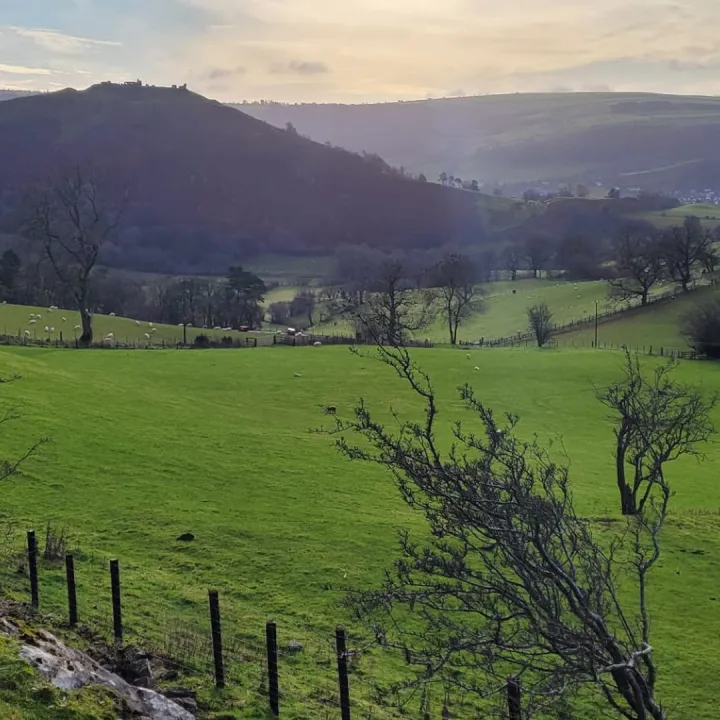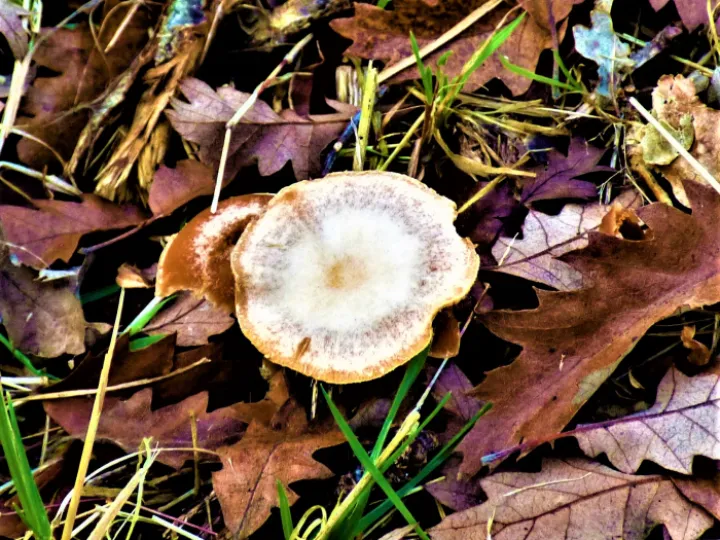The World Beneath Our Feet








The World Beneath Our Feet
As we walk across Turnpike Fields, or through woods or even potter in our garden, few of us are aware of the world beneath our feet. As we look out on these bleak winter days all around us looks lifeless, interrupted by frosty morns or snowy days that rightly invigorate us with childlike delight. As we view the natural world, we might ask, "Is anything still alive?" And the resounding answer is : "YES", but we probably cannot see it.
In fact, a massive world is all go, right beneath our feet, which if we did but know it, sustains our very existence and It is the www. Long before humans invented their www, this www – millions of years old – is the Wood Wide Web. It consists of a network of organisms that cover our subterranean world, popping up into the open from time to time to amaze us. This is not just one type of organism but many, some of which we know and others , as yet, we do not. The names we give them are fungi, algae, lichen, slime and bacteria. They are organisms that we are ambivalent to as human beings. Culture has generally led us to believe that at the least these organisms are weird but valueless and the worst yucky and dangerous. Yet without them we as human beings would find it hard to survive.
These organisms, which as we are progressively discovering, thrive by a process that the human race so often now finds difficult and its called "symbiosis". This involves different organisms sharing themselves with each other for mutual benefit.. One of the most easily recognisable example of this is the partnership between trees and fungi. The tree allows the fungi's vegetative mass which includes bacteria called "mycelia" to penetrate its roots. When I say "allow" it's rather that the tree tolerates its immune system being switched off by the fungi in order to tap into the vast network of mycelia that transport nutrients and chemical information to the tree. Different fungi have formed a partnership with different types of tree, which is why you will see certain fungi flowering as mushrooms near one particular type of tree. In return the tree provides a home for the fungi to reproduce. The fungi fruit pictured is an Oakbug Milkcap found, as you might expect, near one of the Turkey Oaks in the Fields.
The language that enables the fungi and tree to speak to each other is chemical. Through the network the tree is able to communicate with other trees. In fact the earth around it is a chemical jungle. We recognise this best in our sense of smell. The smells we pick up are chemical signals. That's why our dogs, so much more sensitive to all these chemicals, just love to sniff when they are out. To them it is a multicoloured psychedelic world of chemical smells!
Only recently has it become common knowledge that these chemicals that we pick up when out in the wild have a tangible effect on us, creating a calmness on our mental state.
A health warning to this seemingly paradoxical world is that some organisms "prey" on others and negotiating the chemical highway also entails avoiding the "bad guys". They are the ones that can hack the www.
The fungal mycelial web extends throughout the earth negotiating the chemical noise all around and the tips of each leading branches called "hypha" also have pretty amazing ability, which we could almost call "intelligence". Their name is Greek for "web" and as they travel through the ground they are seeking to find that which will benefit the whole system, for this as a communal organism. Its aim, like all organisms, involve sustenance, reproduction and survival. If the hypha reach a dead end or something that cannot be negotiated, it will split and one of the new hypha will go left and the other right. When a way through is found it will send a chemical message saying "This is the way". At which point the other hypha, if it has not found a way will just stop and the energy of the structure will go towards the first hypha. Now, I call that neat, even intelligent!
I began thinking about this in the Autumn when the fungi appeared above ground but I was given a book for Christmas called "Entangled Life" by Merlin Sheldrake and this has really blown by mind about "the world beneath our feet". Many years ago there was a gardening guru on the radio called Ted Moult and his catchphrase was "The answer lies in soil!" – he's probably dead right.
Get In Touch
AudlemOnline is powered by our active community.
Please send us your news and views using the button below:
Email: editor@audlem.org





